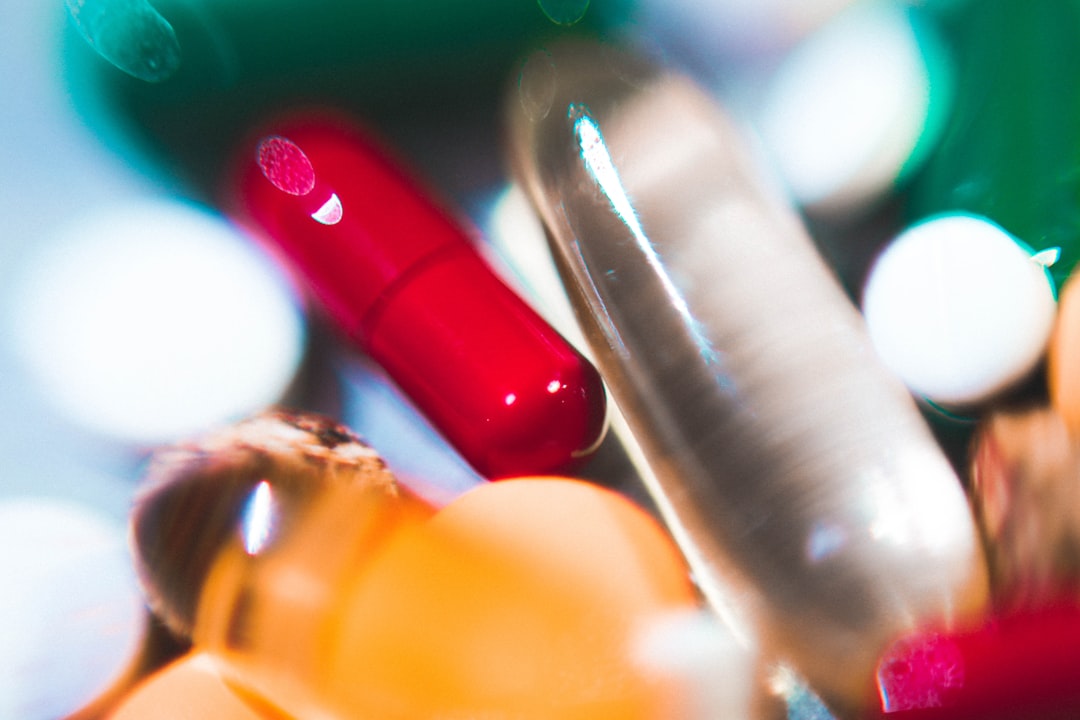What is it about?
Molecular hydrogen is an ideal energy carrier for a sustainable and low-carbon economy. The green algae are capable of producing hydrogen by splitting water with energy from sunlight. Hydrogen production in green algae is difficult to sustain due to extreme sensitivity of this process to oxygen, which is simultaneously released by photosynthetic apparatus of algal cells in the light. This article examines a breakthrough protocol for sustaining efficient hydrogen photoproduction in algae by transferring the growing cultures from continuous light to a train of strong light pulses superimposed on darkness or low background illumination.
Featured Image

Photo by JOHN TOWNER on Unsplash
Why is it important?
The novel protocol shows a way for the renewable production of hydrogen biofuel using green algae as photosynthetic cell factories.
Perspectives
This finding opens up new opportunities for construction of highly-efficient photosynthetic cell factories for production of biofuels and chemicals directly from solar energy. It provides important information how to avoid ‘wasting’ of solar-driven energy to biomass production and how to apply this energy for direct production of useful bio-products.
Dr Sergey N Kosourov
Turun Yliopisto
Read the Original
This page is a summary of: A new approach for sustained and efficient H2 photoproduction by Chlamydomonas reinhardtii, Energy & Environmental Science, January 2018, Royal Society of Chemistry,
DOI: 10.1039/c8ee00054a.
You can read the full text:
Resources
Open Access PDF file
Download the paper here.
Supplementary material
Download the supplementary material here.
Novel Approach for Photosynthetic Production of Carbon Neutral Biofuel from Green Algae
Check the press release in English here.
Levän fotosynteesi mahdollistaa hiilineutraalin biopolttoaineen tuotannon
Check the press release in Finnish here.
Elias Tillandz -palkinto syövän täsmähoitoa ja hiilineutraalia biopolttoainetta käsitteleville artikkeleille
The publication was awarded by the Elias Tillandz prize as the best research publication of 2018 in the BioCity, Turku.
Algae efficiently split water into hydrogen and oxygen using sunlight
The research proves that algae perform the direct biophotolysis of water to derive H2.
A significant improvement in hydrogen gas production by cultures of green algae
Sustanability of photosynthetic H2 production could be achived in algal cultures for over two weeks.
Contributors
The following have contributed to this page










